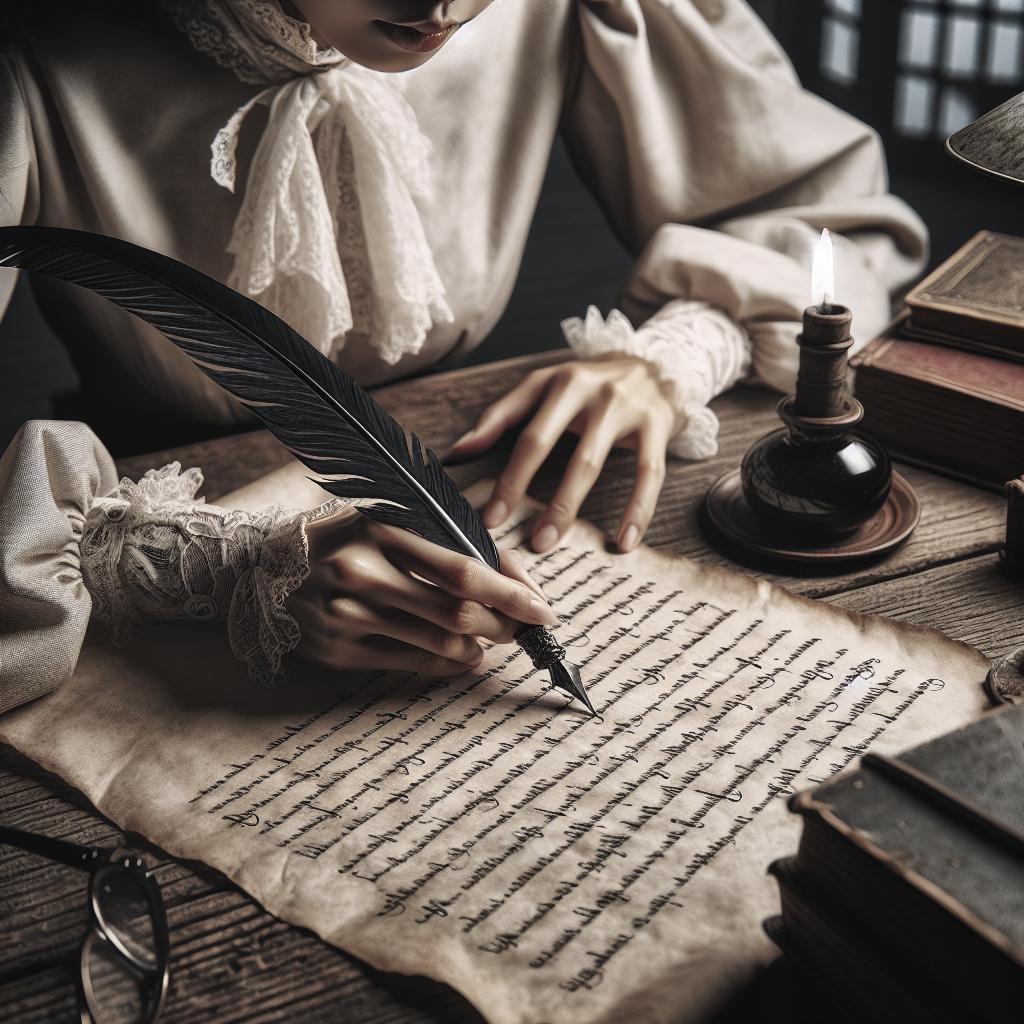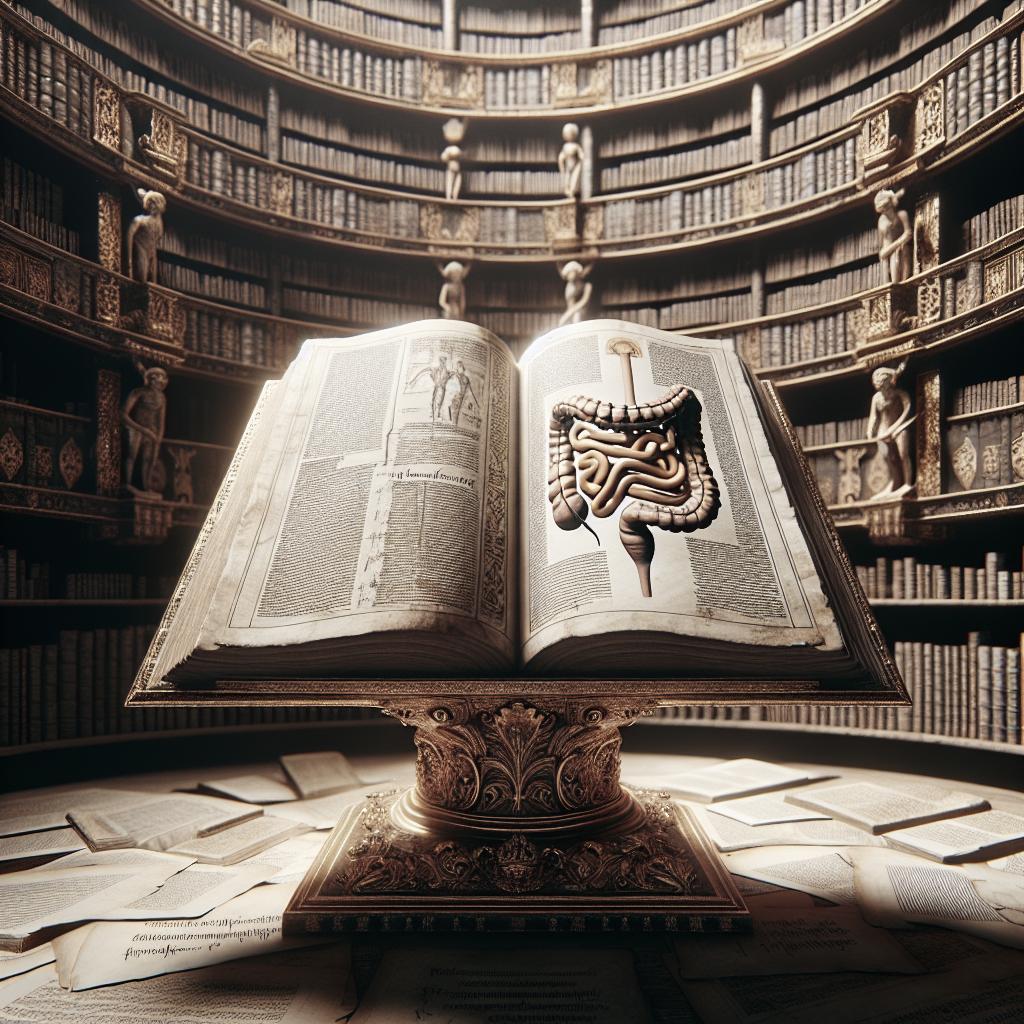The Art of Crafting Beautiful Sentences: A Journey Through Literary Exploration Sentences are the building blocks of writing, weaving together words and ideas to create engaging narratives or informative texts. But what makes a sentence truly beautiful? This question sparked an enlightening classroom adventure, where we explored the elements that contribute to sentence beauty. Through a series of structured activities, students unraveled the mysteries of elegant sentence construction. We began by asking students what makes a sentence beautiful, leading to an investigation where they unearthed examples of exquisite writing. By reading through the lens of both readers and writers, they identified techniques that skilled authors use to create impact. As a class, we compiled a list of mentor text noticings to guide our own writing endeavors. Finally, students had the opportunity to craft their own beautiful sentences, applying the insights they gleaned. Join us as we journey through this enriching lesson, culminating in a reflection on the insights gained. ### First, I asked students: What makes a sentence beautiful? We began our exploration by encouraging students to consider what makes a sentence stand out. Is it the rhythm, the choice of words, or perhaps the imagery evoked? Their responses varied—from the emotional impact to the vividness of descriptions. By acknowledging the subjective nature of beauty in writing, students realized that multiple factors could contribute to the appeal of a sentence. This conversation set the stage for our deeper dive into understanding sentence construction. One insightful observation was that many students believed beauty lies in simplicity; the ability to convey complex ideas through simple constructs was a valued skill. Others highlighted the role of literary devices such as metaphors and similes, which add layers of meaning and create a richer reading experience. Recognizing these elements helped students appreciate the craftsmanship involved in writing memorable sentences. By discussing these concepts, students began to internalize the features that constitute a beautiful sentence. This initial contemplation ignited their curiosity, prompting them to delve deeper into the art of sentence construction. ### Next, I asked them to go digging. With a keen understanding of what they believed made sentences beautiful, students embarked on a scavenger hunt through literary texts. They were tasked with finding examples of writing that resonated with their newfound definitions of beauty. This exercise encouraged independent discovery and critical analysis, as students sifted through novels, articles, and poetry. As they shared their “finds” with the class, it was fascinating to see the diversity of their choices. Some students brought forward sentences from classic literature, while others found gems in contemporary works. This exercise underscored the variety of styles and techniques that can all lead to beautifully constructed sentences, reinforcing the notion that beauty in writing is not monolithic. By comparing their selections, students gained a broader perspective on how different authors achieve beauty in their work. This collective sharing enriched the class experience, as students were exposed to a wide array of voices and styles. ### After that, we read like readers and then read like writers. The next step in our journey was to analyze the sentences we discovered. First, we read like readers, focusing on the emotional reactions and imagery each sentence evoked. This initial reading was about experiencing the sentence as the audience does, noting what feelings and thoughts it provoked. After this, we shifted gears to read like writers. This involved dissecting the sentence to understand the techniques employed by the author. We examined sentence structure, word choice, and the use of literary devices. Students learned to recognize the subtle mechanics that often go unnoticed during casual reading but are crucial in crafting effective writing. Through this dual approach, students developed a deeper appreciation for the artistry behind the sentences. It was an eye-opening exercise, revealing that great writing is much more than just the sum of its parts; it’s about the intention and skill behind those parts. ### Then, we built our list of mentor text “noticings.” Our class discussion evolved into creating a shared list of “noticings” from the mentor texts. This was a pivotal moment, as students collectively identified patterns and techniques from their discoveries. Some noted the impact of varied sentence lengths, while others pointed out how punctuation could pace a reader’s journey through the text. We also recognized the use of vivid imagery and precise word choice, which often transformed simple sentences into lasting impressions. By categorizing these elements, students formed a toolkit of strategies they could apply to their own writing. This list became a collaborative resource—each student’s insight contributing to teaching everyone how to craft beautiful sentences. The exercise empowered students with a newfound confidence, as they realized that the talents of admired authors were not unattainable mysteries but skills they could learn and incorporate into their writing endeavors. ### Finally, we did some writing of our own. Armed with insights and inspiration from our mentor texts, students embarked on creating their own sentences. They applied the techniques from our class discussion, strategically choosing words and structuring sentences to capture their intended impact. This practical application allowed students to transition from analysis to creation, truly embodying the lessons learned throughout the process. The results were impressive, showcasing not only their understanding of sentence beauty but their own unique voices. Some students opted for poetic flair, while others used crisp, direct prose that packed a punch. The variety of styles demonstrated their individual interpretations of beauty, reflecting the diversity of the mentor texts we explored. This writing activity was not just a test of skill but an opportunity for creative expression. The students’ ability to apply their knowledge in practice was a testament to their growth as writers, equipped with tools that extended beyond the classroom. ### Reflections on the lesson: Reflecting on this lesson, students expressed newfound respect for the intricacies involved in writing. They appreciated how deliberate choices shaped their favorite sentences and recognized the impact that well-crafted sentences could have on readers. Many students reported feeling more empowered, understanding that powerful writing is within their grasp. This journey also fostered collaboration and discussion, as students learned from one another’s perspectives. The lesson emphasized that language is fluid, with a multitude of ways to express beauty. It sparked ongoing discussions about writing, encouraging students to continue exploring and refining their skills. Ultimately, the lesson reinforced the idea that writing is both an art and a science—a blend of creativity and technique. It provided students with a versatile framework to approach their writing projects with confidence and innovation. #### Share this: If you found this exploration of beautiful sentence crafting insightful, consider sharing it with fellow writers, educators, or anyone interested in the art of writing. Let’s inspire more individuals to appreciate and create elegant writing! #### Related. For further reading, explore our other posts on creative writing techniques, literary analysis, and tips for honing your craft as a writer. Whether you’re a seasoned author or a novice writer, there’s always something new to learn on the journey of storytelling. Final Thoughts Here is a summary of our exploration in a table format:
| Activity | Description |
|---|---|
| Identifying Beauty | Students defined what makes sentences beautiful, focusing on elements like simplicity, imagery, and literary devices. |
| Exploration of Texts | Students found examples of beautiful sentences in literature and shared them, highlighting diverse writing styles. |
| Reading Analysis | Students read like readers and then like writers to understand the emotional impact and technical construction of sentences. |
| Building “Noticings” | The class created a list of techniques and patterns observed in mentor texts, forming a toolkit for writing. |
| Writing Practice | Students created their own beautiful sentences using the strategies discussed, practicing their skills and creativity. |
By unpacking these steps, we revealed a pathway to crafting sentences that resonate with readers and expressively communicate ideas.


